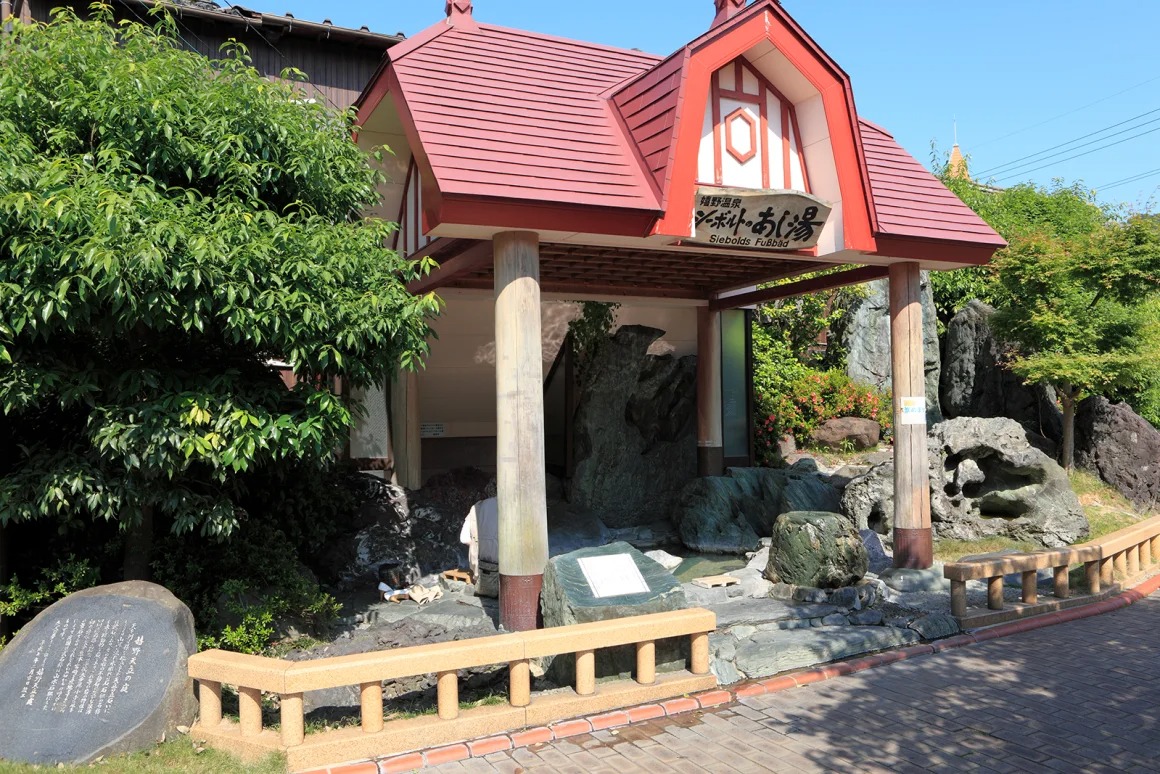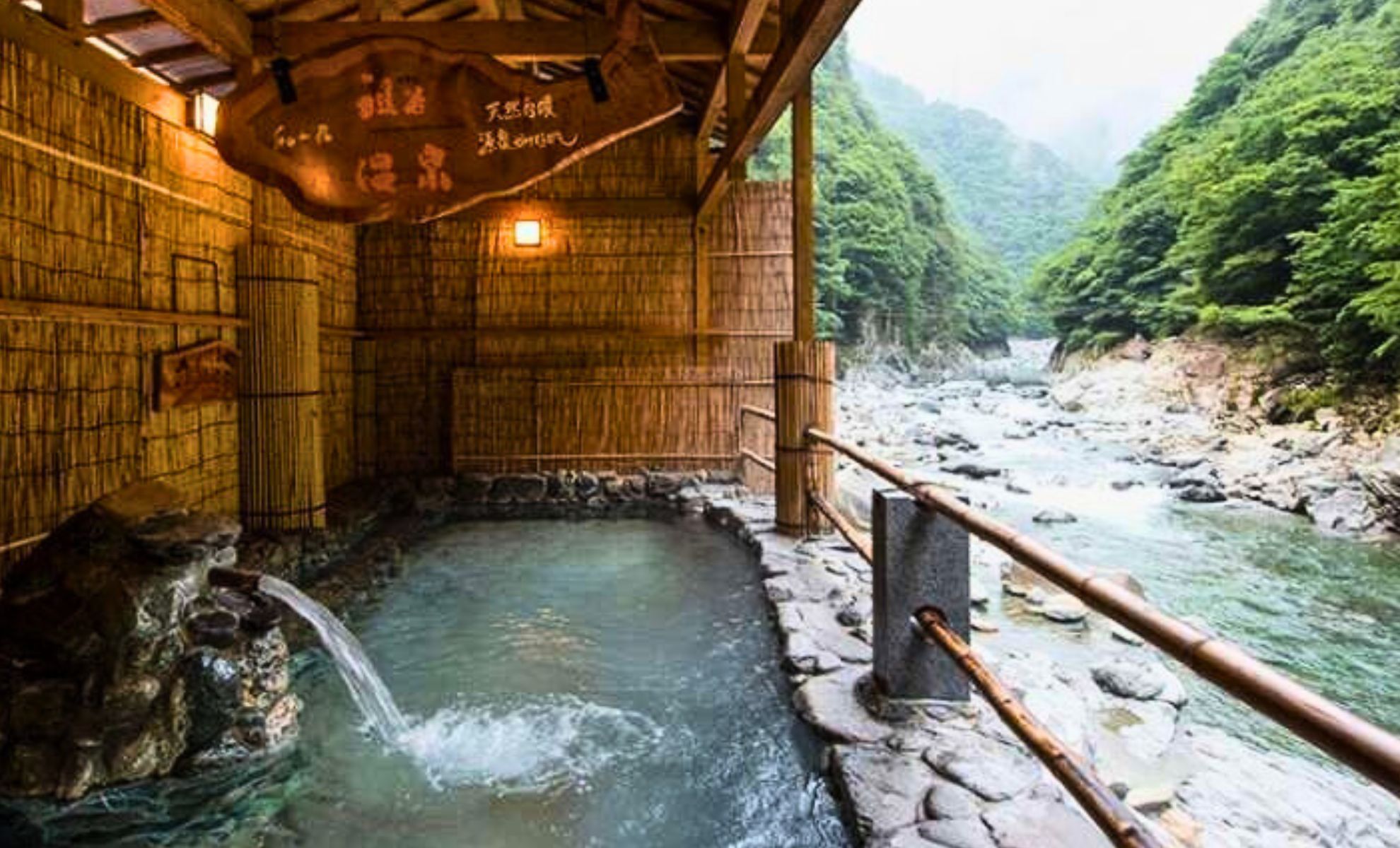In recent years, Japan’s renowned hot springs, known as onsens, have encountered an unexpected issue: lower water levels and cooling temperatures. A potential water shortage in the country’s thermal resorts has sparked considerable concern. But what exactly is behind this phenomenon? Is it the increasing number of foreign tourists, their reluctance to embrace traditional Japanese bathing customs, or something more complex?
The Hot Spring Woes in Ureshino and Beyond
Japan’s onsens are an integral part of its culture, offering more than just relaxation. These mineral-rich waters are believed to have therapeutic benefits, attracting both locals and tourists alike. However, in towns like Ureshino, located in the southern part of the country, a troubling trend has emerged.
Reports from local media indicate that the level of hot spring water has decreased significantly, and the temperature of the water has dropped by several degrees. In fact, the average temperature has fallen from 42°C to a mere 36°C, which many locals consider “tepid.”
Experts believe that this decrease in temperature and water level is linked to both human activities and environmental factors. According to Angelo Di Genova, a guide in Osaka, “for the Japanese, 36°C, it’s tepid.” While the drop is real in certain areas, it is important to note that this situation is not widespread, and the overall impact on Japan’s hot springs is far less severe than some reports suggest.
The Influence of Foreign Tourists on Onsen Demand
The main culprit, some claim, is the surge in foreign tourists visiting Japan’s onsens. Hironori Hayase, the deputy mayor of Ureshino, explains, “Compared to the period before the COVID-19 pandemic, the number of tourists has increased, leading to greater use of hot springs in ryokans (traditional inns) and other establishments.” However, the real issue may lie in how these tourists use the onsens.
Many foreign visitors are reportedly uncomfortable with the idea of bathing in public hot springs, especially since communal nudity is an integral part of the experience. As a result, some tourists are opting for private onsens within their accommodations. These private baths are more water-intensive, further contributing to the issue of water depletion.
Thierry Maincent, the president of the travel agency Japan Experience, comments on this shift, stating, “I’ve never heard of any water shortage.” He adds that tourists are often blamed for various issues, like the rise in rice prices, despite their minimal impact. “There is undoubtedly an element of gaijin bashing in this story,” he notes. In other words, foreigners are often blamed unfairly for the challenges Japan faces, even when they are not the primary cause.

The Role of Infrastructure and Aging Systems
While the increase in tourism may have added some pressure to the country’s onsens, other factors must also be considered. Di Genova suggests that the infrastructure itself might be to blame. “Aging pipes and malfunctioning wells” could be behind the dwindling water levels in certain areas. In fact, some of the thermal facilities in rural Japan still rely on outdated infrastructure from as far back as the 1980s. This aging infrastructure, coupled with natural resource depletion, could explain some of the challenges that onsens face today.
The Japanese Ministry of the Environment is currently investigating several possible causes for the water shortage. These include faulty wells, natural resource decline, and even leaks in the old pipes that deliver the water to onsens. While the situation in some areas has led to mild concern, it is by no means indicative of a nationwide water crisis.
Japan’s hot spring culture is deeply rooted in its spiritual and physical traditions. The ritual of soaking in these mineral-rich waters is a form of meditation, relaxation, and healing. As such, the presence of tourists who may not fully understand or respect the local customs—such as speaking loudly in the baths or not following the rules of silence—can disrupt the experience for others. This has, in turn, led some locals to prefer the presence of private onsens for their guests, which often allows for a more controlled environment.
The Bigger Picture: Water Usage in Japan
Despite the concerns raised by some media outlets, the overall availability of hot spring water in Japan remains abundant. Japan has always had a surplus of thermal water, and it is unlikely that the country will run out of it anytime soon. Even in areas where water levels have decreased, the situation is not considered dire.
As Di Genova points out, “When French people say ‘throwing money out the window,’ the Japanese say ‘wasting money like hot water.’” This suggests that hot spring water is seen as a plentiful resource—so much so that wasting it has become a common idiom in Japan.
While it is clear that the Japanese onsens face challenges due to the rising number of foreign visitors and aging infrastructure, the problem does not appear to be as severe as some reports may suggest. With efforts underway to address these issues, Japan’s onsens are expected to remain an iconic and essential part of the country’s culture for years to come.
